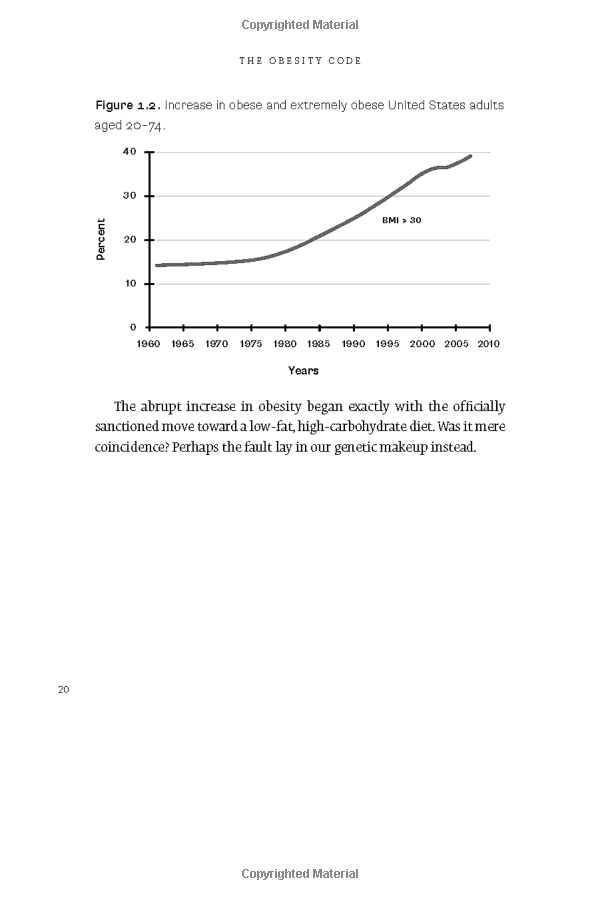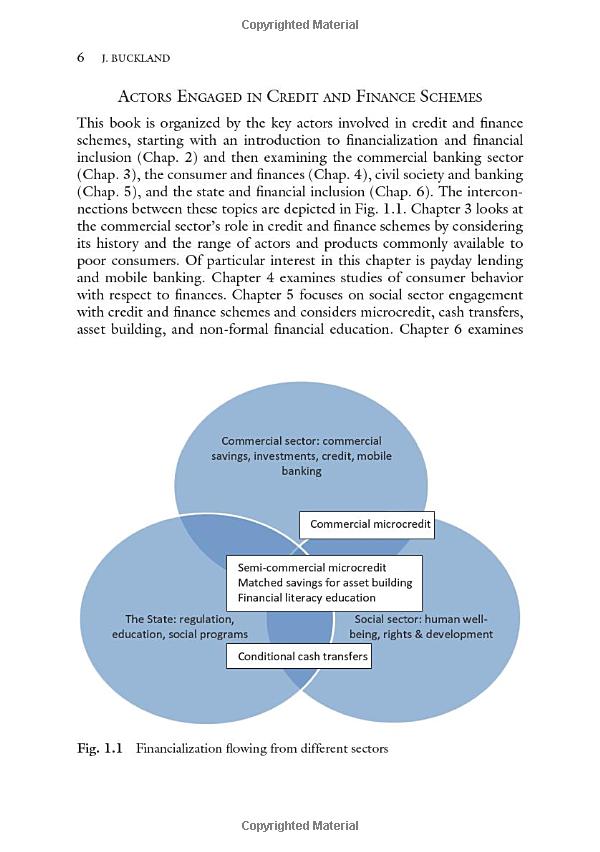Unlocking Financial Opportunities: A Comprehensive Guide to Underwriting a Loan
Guide or Summary:Understanding Underwriting a LoanThe Importance of Underwriting a LoanKey Steps in Underwriting a LoanTips for Borrowers to Enhance Their L……
Guide or Summary:
- Understanding Underwriting a Loan
- The Importance of Underwriting a Loan
- Key Steps in Underwriting a Loan
- Tips for Borrowers to Enhance Their Loan Underwriting Process
Understanding Underwriting a Loan
Underwriting a loan is a critical process that determines whether a borrower qualifies for a loan and under what terms. It involves a thorough evaluation of the borrower's financial situation, credit history, and the specific details of the loan application. This process is essential for lenders to mitigate risk and ensure that they are making sound financial decisions. In this guide, we will delve into the intricacies of underwriting a loan, exploring its significance, the steps involved, and tips for borrowers to improve their chances of approval.
The Importance of Underwriting a Loan
The underwriting process serves as a safeguard for lenders, allowing them to assess the likelihood of a borrower defaulting on their loan. By evaluating various factors, including income, employment stability, debt-to-income ratio, and credit score, underwriters can make informed decisions. This process not only protects the lender’s investment but also helps maintain the overall health of the financial system. For borrowers, understanding the underwriting process can provide valuable insights into what lenders are looking for, enabling them to better prepare their applications.
Key Steps in Underwriting a Loan
The underwriting process typically involves several key steps:
1. **Application Submission**: The borrower submits a loan application along with necessary documentation, including proof of income, tax returns, and credit history.
2. **Initial Review**: The underwriter conducts an initial review of the application to ensure all required documents are present and complete.

3. **Credit Assessment**: A comprehensive review of the borrower’s credit report is performed to evaluate creditworthiness. This includes analyzing payment history, outstanding debts, and credit utilization.
4. **Financial Analysis**: The underwriter examines the borrower’s financial situation, including income, employment history, and debt-to-income ratio, to assess the ability to repay the loan.
5. **Property Appraisal**: For secured loans, an appraisal of the property is conducted to determine its market value, ensuring it meets the lender's criteria.
6. **Decision Making**: Based on the collected information, the underwriter makes a decision to approve, deny, or conditionally approve the loan. If conditions are imposed, the borrower may need to provide additional documentation or meet specific criteria.
7. **Final Review**: Once all conditions are met, the underwriter conducts a final review before issuing the loan approval.

Tips for Borrowers to Enhance Their Loan Underwriting Process
To improve the chances of successful underwriting a loan, borrowers can take several proactive steps:
- **Maintain a Healthy Credit Score**: Regularly check your credit report for errors and work on improving your credit score by paying bills on time and reducing outstanding debts.
- **Organize Financial Documents**: Prepare all necessary documentation in advance, including pay stubs, tax returns, and bank statements, to streamline the application process.
- **Be Transparent**: Provide accurate and honest information in your loan application. Any discrepancies can raise red flags during the underwriting process.
- **Understand Debt-to-Income Ratio**: Aim for a lower debt-to-income ratio by paying off existing debts and avoiding new ones before applying for a loan.

- **Consult with a Financial Advisor**: Seek guidance from a financial advisor or mortgage broker to better understand the underwriting process and receive personalized advice.
Underwriting a loan is a vital component of the lending process, ensuring that both lenders and borrowers are protected. By understanding the steps involved and taking proactive measures, borrowers can enhance their chances of securing favorable loan terms. This comprehensive guide serves as a valuable resource for anyone looking to navigate the complexities of loan underwriting, ultimately unlocking financial opportunities for their future. Whether you are a first-time borrower or looking to refinance an existing loan, being informed about the underwriting process can make all the difference in achieving your financial goals.